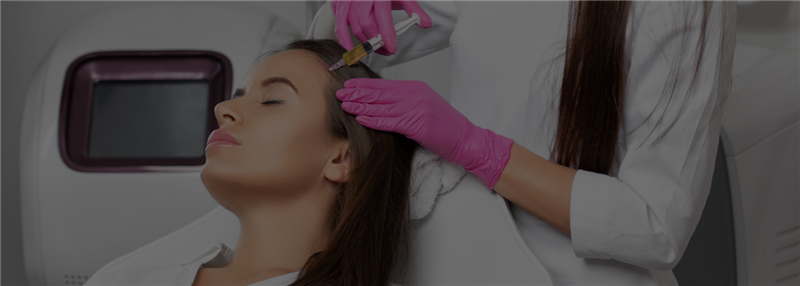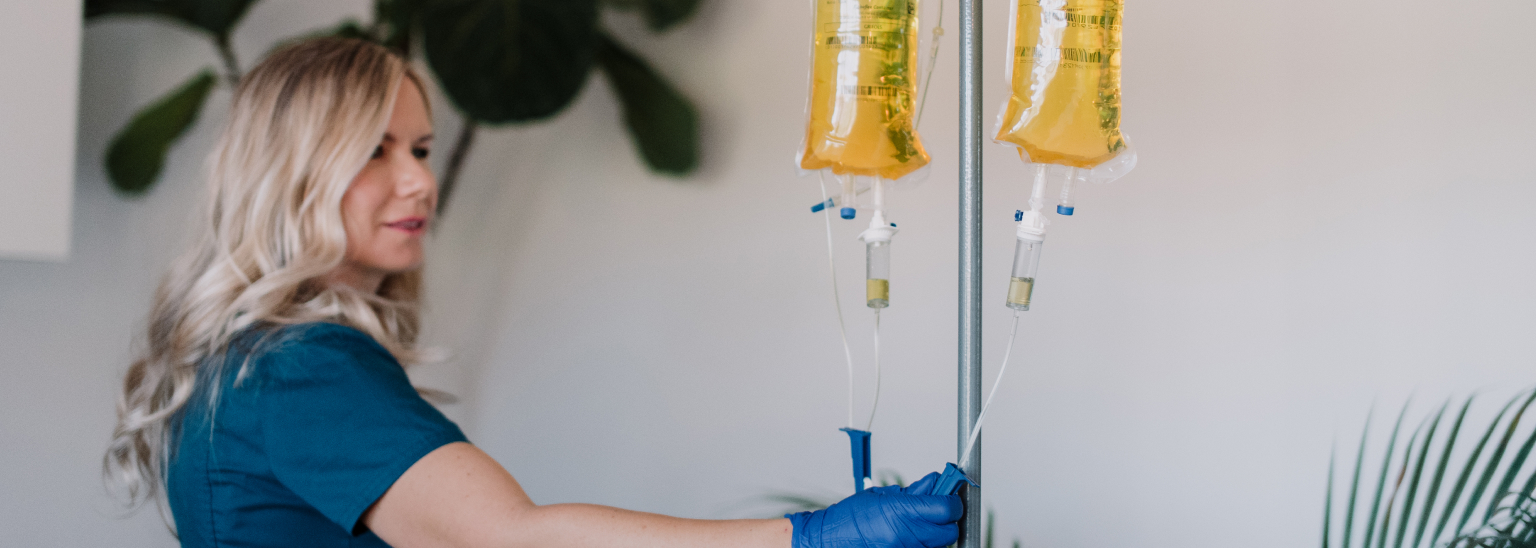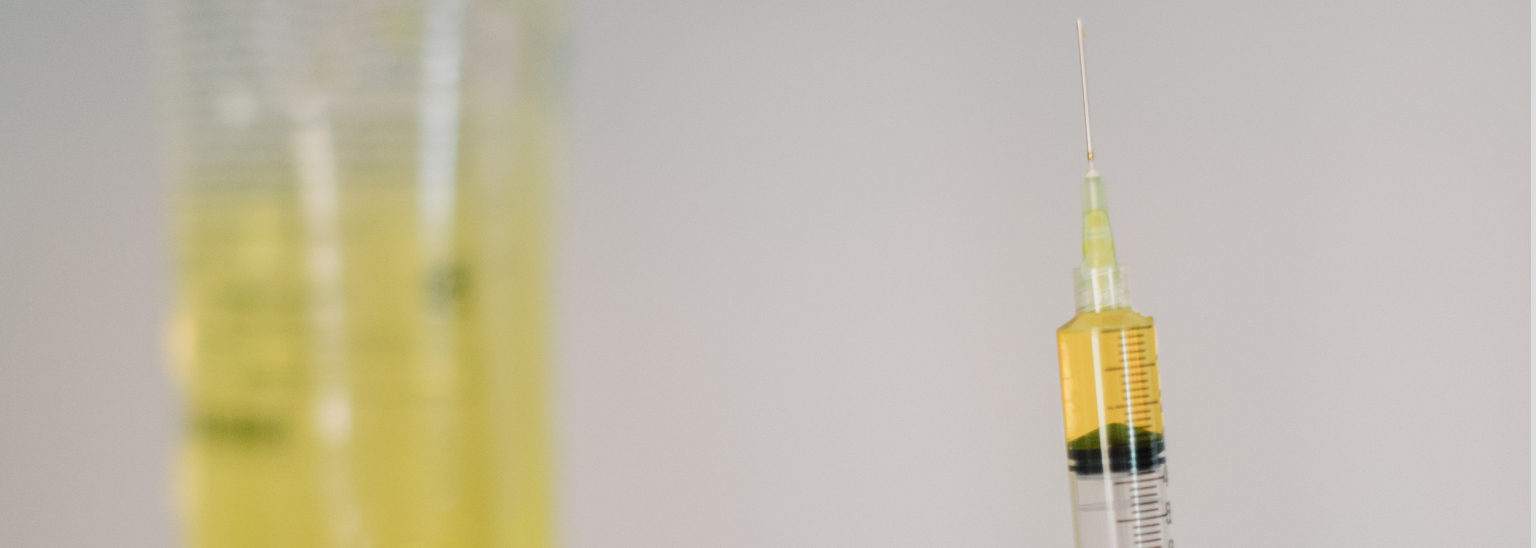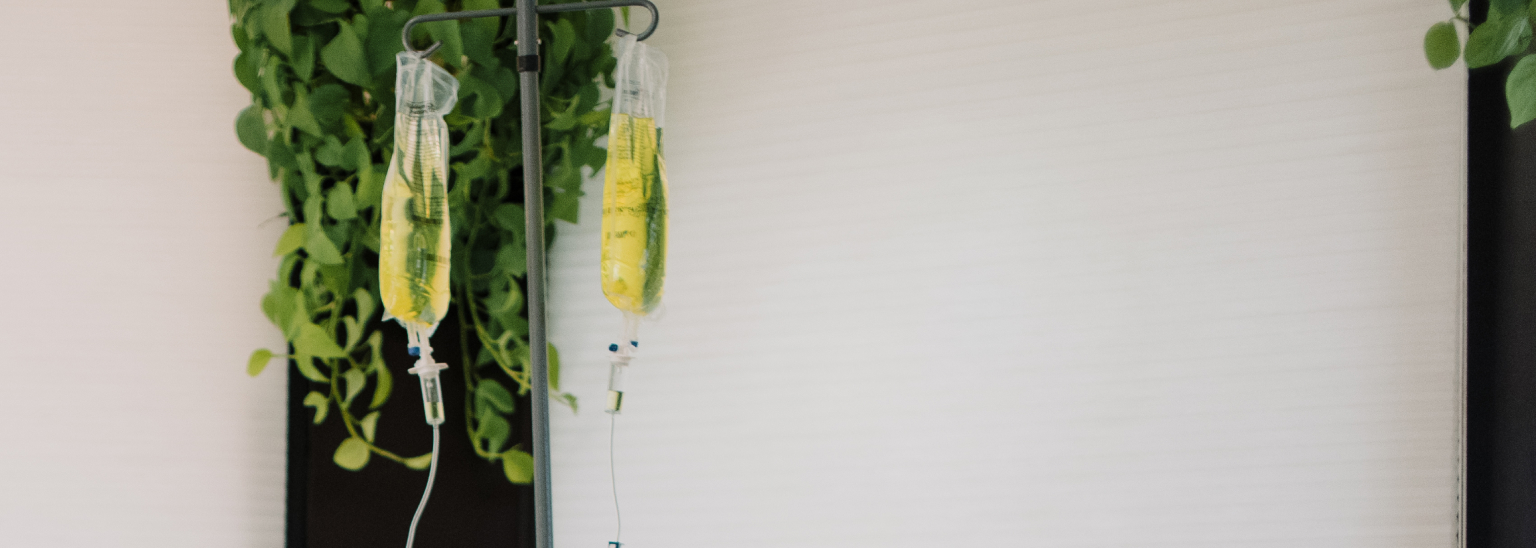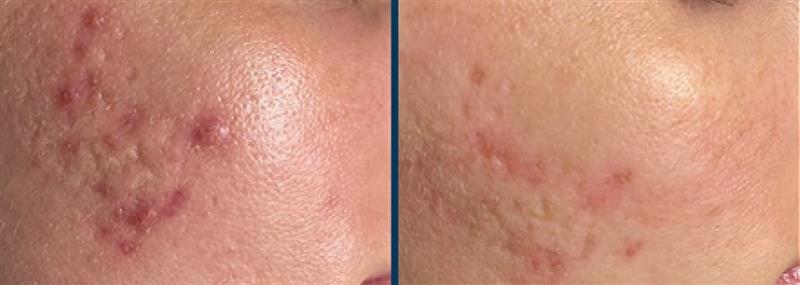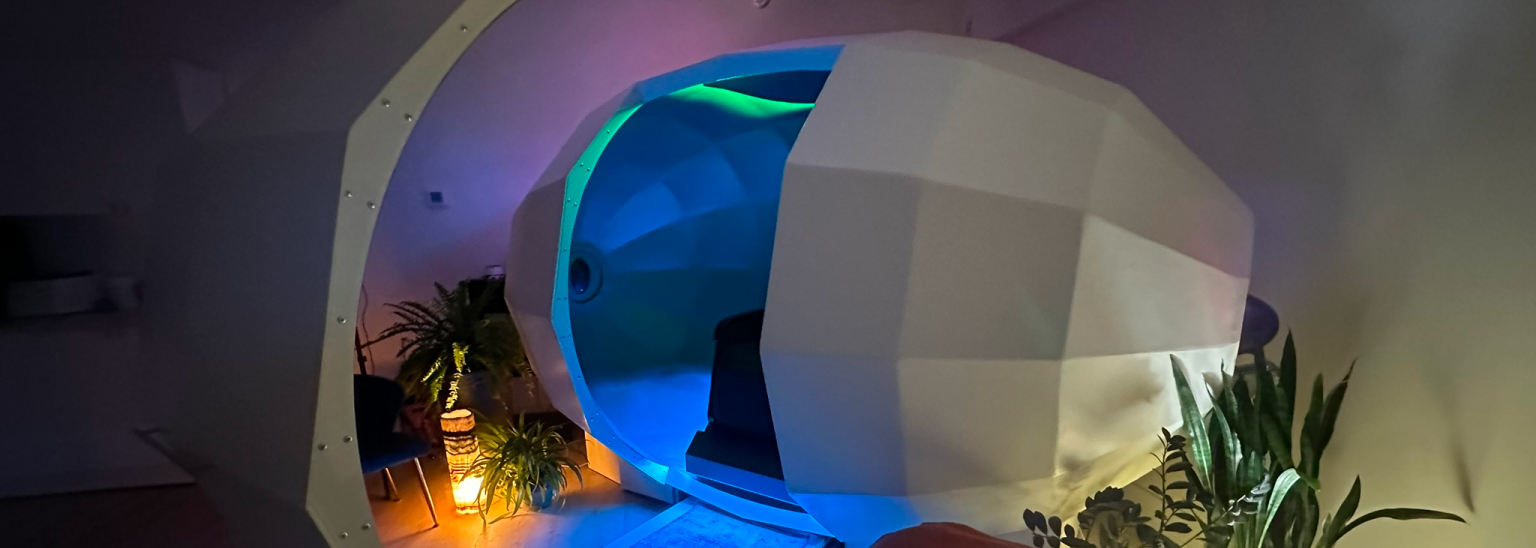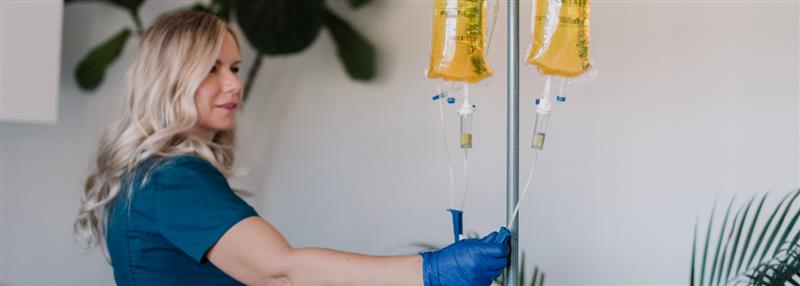Do you wonder if there is a way to revitalise your hair or skin without using artificial chemicals or going under the knife? What if we say that the secret ingredient to rejuvenate your skin and hair is already present in your body?
PRP therapy involves using your blood to revitalise your hair and skin. It is a natural and efficient way to revitalise and repair your body from the inside out. Does that sound unreal? Let’s take a closer look at the actual magic of this all-natural restorative and rejuvenating process.
What is PRP Therapy?
Platelet-Rich Plasma (PRP) is a concentrated form of our blood that consists of growth factors, healing proteins, and platelets. It is like extracting the “super juice” from our blood, the part that is responsible for promoting growth, increasing collagen, and tissue repair.
A tiny amount of blood is drawn in order to create PRP, and the platelets are separated by centrifuging the blood. These platelets are then reinjected or applied to particular areas, like your face, scalp, or joints, to encourage natural healing and regeneration.
How PRP Works: An Internal Healing Mechanism
Imagine if your body is a garden, then PRP is its compost. Rich and nutrient-dense that helps everything to grow stronger and healthier. Platelets consists of growth factors that send signals to repair damaged tissues and boost the production of collagen and elastin.
PRP has been used for decades in orthopaedic treatment because of its ability to promote healing. By offering benefits like pain relief, thicker hair, and glowing skin, this healing mechanism is currently a big hit the wellness and beauty industries.
Benefits of PRP Therapy for Skin Rejuvenation
- Reduces Fine Lines and Wrinkles:
PRP encourages the synthesis of collagen, which naturally minimises fine lines and wrinkles, especially in delicate areas like the area beneath the eyes. - Enhances Skin Tone and Texture:
By promoting new cell turnover and boosting blood flow, PRP brings new life to the skin by enhancing the skin tone and texture. - Reduces puffiness and dark circles:
PRP therapy has shown positive results in reducing puffiness and dark circles. This is one of the most sought-after treatments at Zia Wellness in Sedona.
PRP for Hair Restoration: Healthier, Denser Hair Without Surgery
PRP is a non-surgical treatment that can help reactivate dormant hair follicles if you’re experiencing receding hairlines or thinning hair.
How It Promotes Hair Development
For both men and women experiencing early hair loss, PRP’s growth factors promote natural hair regrowth and boost blood flow to the scalp.
Natural and Safe treatment
PRP is safer than many other hair restoration methods because it uses your blood, which reduces the possibility of allergic reactions and other negative effects.
PRP for Wellness: Restoring Health
Other than improving skin and hair, PRP has shown positive results in supporting tissue recovery, reducing inflammation, and improving joint healing.
Joint and Muscle Recovery
PRP injections are frequently used by athletes to speed up recovery and lessen pain from injuries or overuse in the knees, shoulders, and elbows.
Post-Surgical Healing
PRP is used by some doctors in post-operative care to promote tissue repair and wound healing.
Is PRP Therapy Safe?
PRP therapy is considered to be a safe treatment because it is autologous, meaning it comes from your own body, and there is very little chance of negative side effects.
However, it may not be suitable for people with certain blood disorders or chronic illnesses. To ensure that the treatment is both safe and effective for you, every client at Zia Wellness in Sedona, AZ, has to undergo a comprehensive consultation conducted by registered nurses and nurse practitioners before starting any treatment.
Why Choose Zia Wellness for PRP in Sedona, AZ?
PRP therapy at Zia Wellness is more than just a service; it’s a commitment to accuracy, safety, and natural results. Whether you’re looking for facial rejuvenation, under-eye improvement, or hair restoration, every treatment is performed by qualified, experienced medical professionals.
Zia Wellness blends the best of science and holistic care by specialising in medical-grade PRP therapy in a serene, wellness-focused setting.
Conclusion
By utilising your body’s natural healing abilities, PRP therapy provides an effective yet gentle path to rejuvenation. PRP offers you the opportunity to age safely, naturally, and gracefully, regardless of your goals—brighter skin, fuller hair, or a quicker recovery.
Zia Wellness in Sedona, AZ, offers PRP therapy that can help improve under-eye volume, skin texture, dark circles and hair volume. We offer expert care, advanced techniques in a calm and peaceful setting. Come restore your skin’s vitality from the inside out.
FAQs about PRP Therapy
1. How long does it take to see results from PRP Therapy?
Results of PRP therapy vary as per the individual or treatment area. Most people start seeing noticeable results in three to four weeks, with lasting benefits for several months.
2. Is PRP Therapy painful?
You will not experience much discomfort during the PRP therapy. Before receiving facial PRP treatments, a topical numbing cream is typically applied, and the injections are quick. Most clients describe the experience as a slight pinch or pressure.
3. How many sessions of PRP are needed?
To enjoy the best results, a series of 3-4 sessions with a gap of 4 to 6 weeks is advised. You can maintain the results with maintenance treatments every six to twelve months.
4. Are there any side effects of PRP Therapy?
You may experience mild side effects like bruising, redness, or swelling around the injection site. But these side effects usually subside in a day or two. No known serious side effects of PRP therapy.
5. Can PRP be combined with other treatments?
Yes, to see improved and better results, PRP can be used in combination with other skincare routines, laser treatments, and microneedling.

